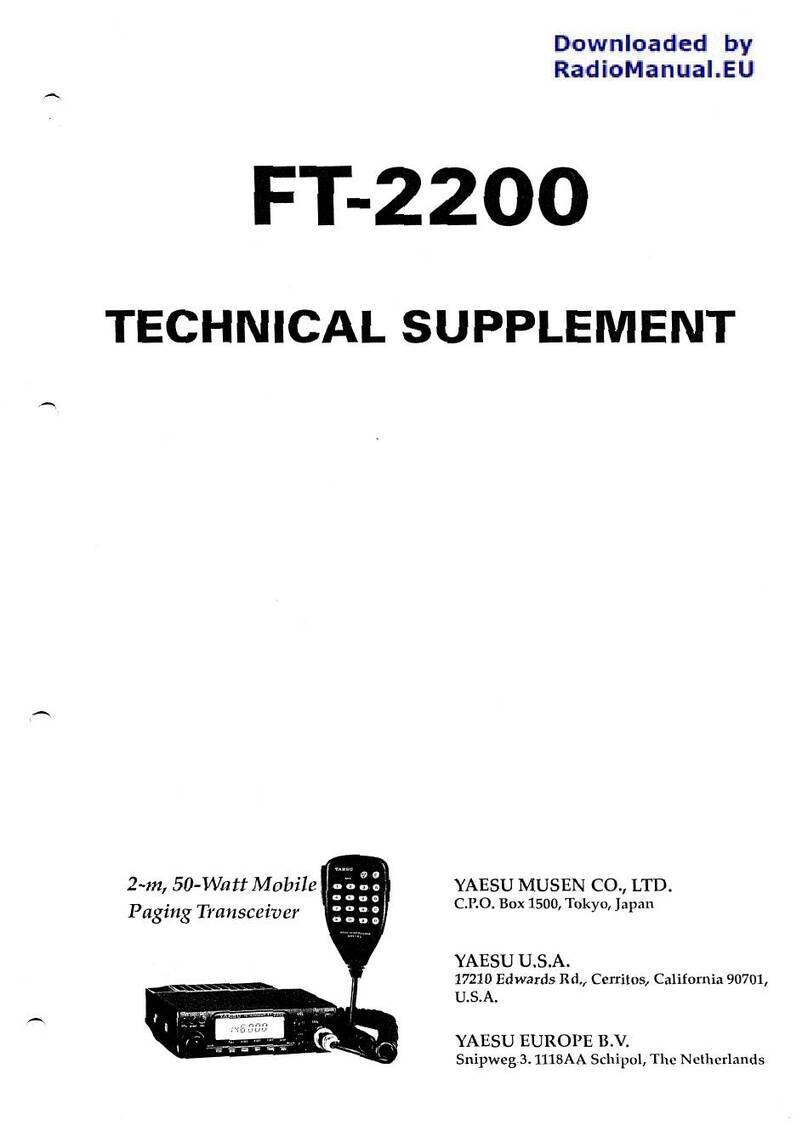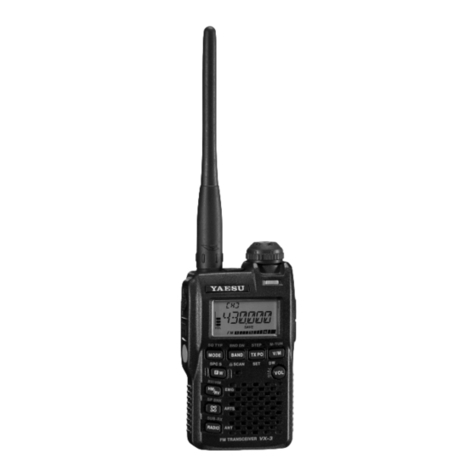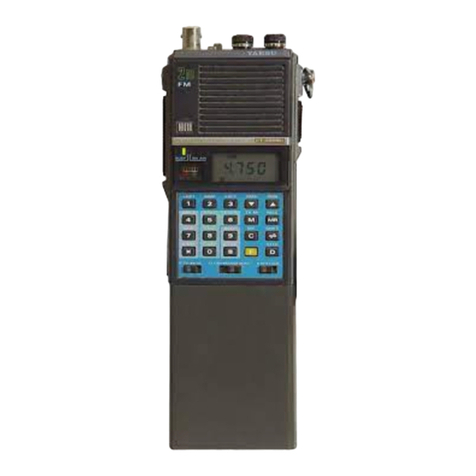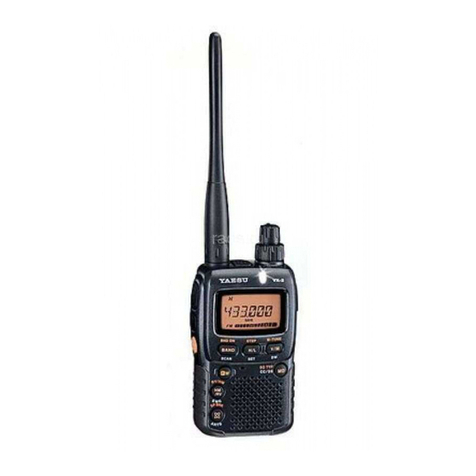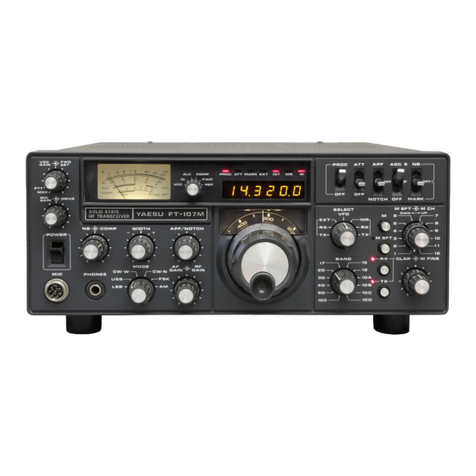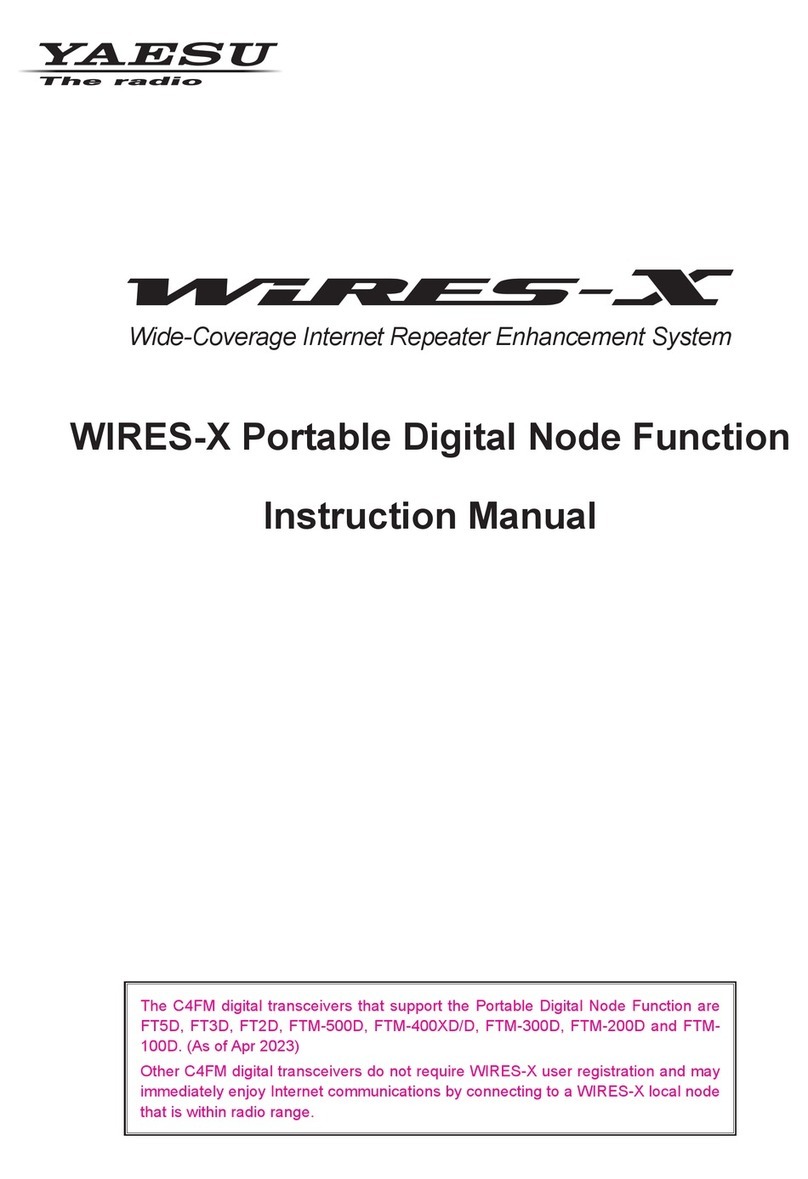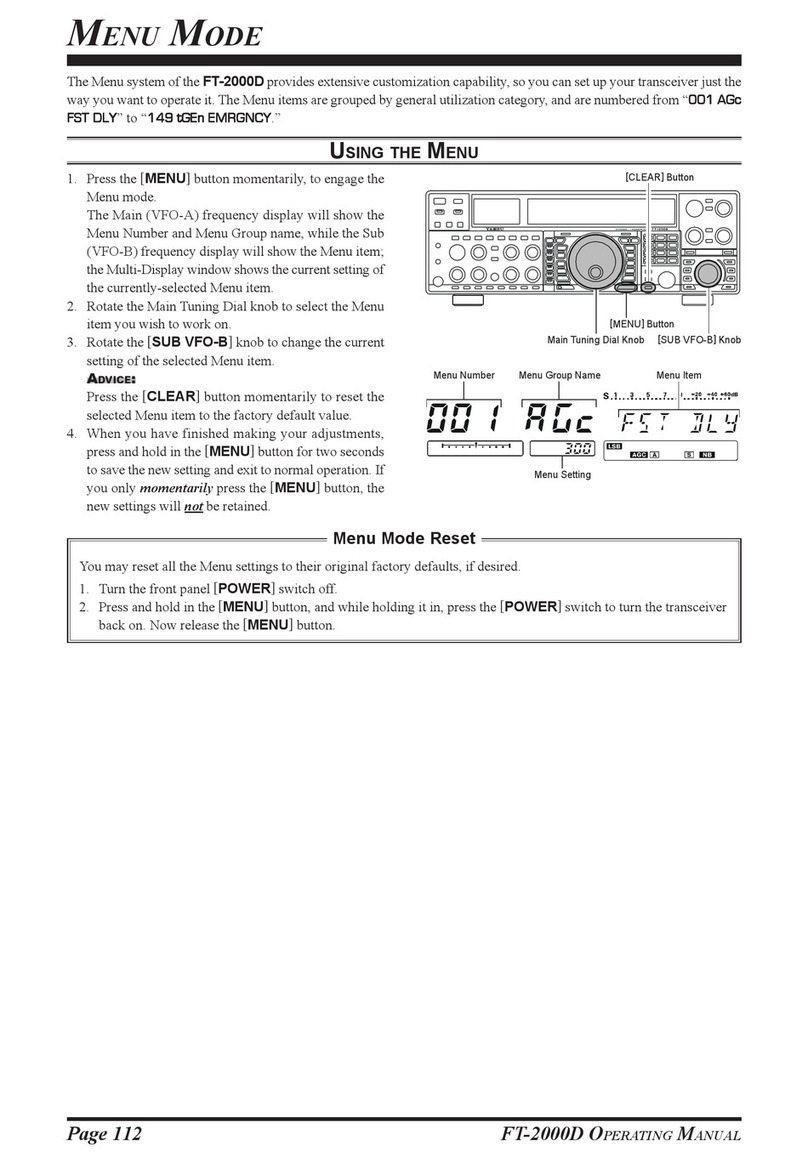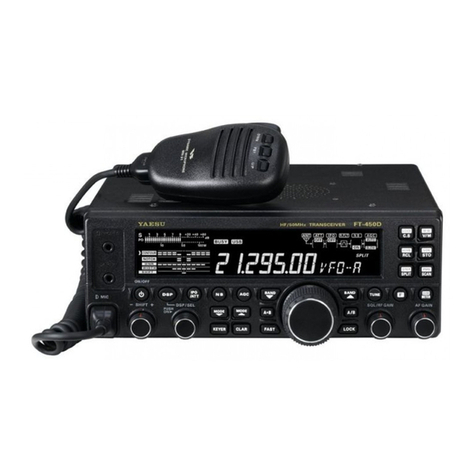
1
TABLE OF CONTENTS
M
ENU SETTINGS OVERVIEW
............................................................................................. 3
AT-11MP A
UTOTUNER
................................................................................................... 7
ATAS-100 A
UTOTUNING
................................................................................................ 8
WHAT'S IN THERE? ................................................................................................ 13
HOW DO I TAKE IT APART?.................................................................................. 14
HOW DO I PUT IT TOGETHER?............................................................................ 14
ATAS100 M
ANUAL
T
UNING
......................................................................................... 14
ATAS-1/ATAS-2 S
ETTINGS
......................................................................................... 15
ATBK100 G
ROUND
P
LANE
K
IT
.................................................................................... 15
CWID
WITH
ARTS........................................................................................................ 16
B
AND
D
ATA
P
IGTAIL
P
INOUT
........................................................................................ 16
CTCSS
AND MEMORY FUNCTIONS
................................................................................. 16
D
UPLEXERS
.................................................................................................................... 17
E
XTRA
B
ANDS
............................................................................................................... 17
F
ACTORY
M
ODIFICATIONS
............................................................................................. 17
Intermittent High SWR ICON ................................................................................... 17
Thermal modification................................................................................................ 20
FC-20 A
UTOTUNER
....................................................................................................... 24
F
IRMWARE
U
PGRADES
................................................................................................... 25
K
EYPAD
F
REQUENCY
E
NTRY
......................................................................................... 25
M
ANUAL
R
EVISIONS
...................................................................................................... 25
M
EMORY
P
ROGRAMMING
.............................................................................................. 26
M
IC ADAPTER
................................................................................................................ 27
M
IC
B
UTTONS
................................................................................................................ 28
M
ICROPHONE MODIFICATION
......................................................................................... 29
M
ODIFICATION FOR OUT
-
OF
-
BAND TRANSMISSION
........................................................ 29
O
UTPUT POWER
(
MEASURED IN AND OUT OF BAND
)....................................................... 31
P
OWER
C
ONNECTORS
/L
INE
F
ILTERS
.............................................................................. 34
PSK31/SSTV/
ETC
.
SOUNDCARD INTERFACE WITH THE
FT100...................................... 34
P
ROBLEMS WITH
FT100
RADIOS
.................................................................................... 37
R
EPEATER
O
FFSETS
....................................................................................................... 37
RF E
XPOSURE
................................................................................................................ 37
T
RANSMIT PROBLEMS ON
80/160M................................................................................ 38
S-M
ETER
A
NOMALIES
................................................................................................... 38
S
ATELLITE
O
PERATIONS
................................................................................................ 40
S
EPARATION KIT
(YSK100)........................................................................................... 41
S
ERIAL
N
UMBERS
.......................................................................................................... 41
S
IDETONE
/B
EEP
V
OLUME
A
DJUSTMENT
........................................................................ 41
S
QUELCH SETTINGS FOR
FM
AND
SSB .......................................................................... 42
S
TORING MEMORIES REMOTELY
..................................................................................... 42


